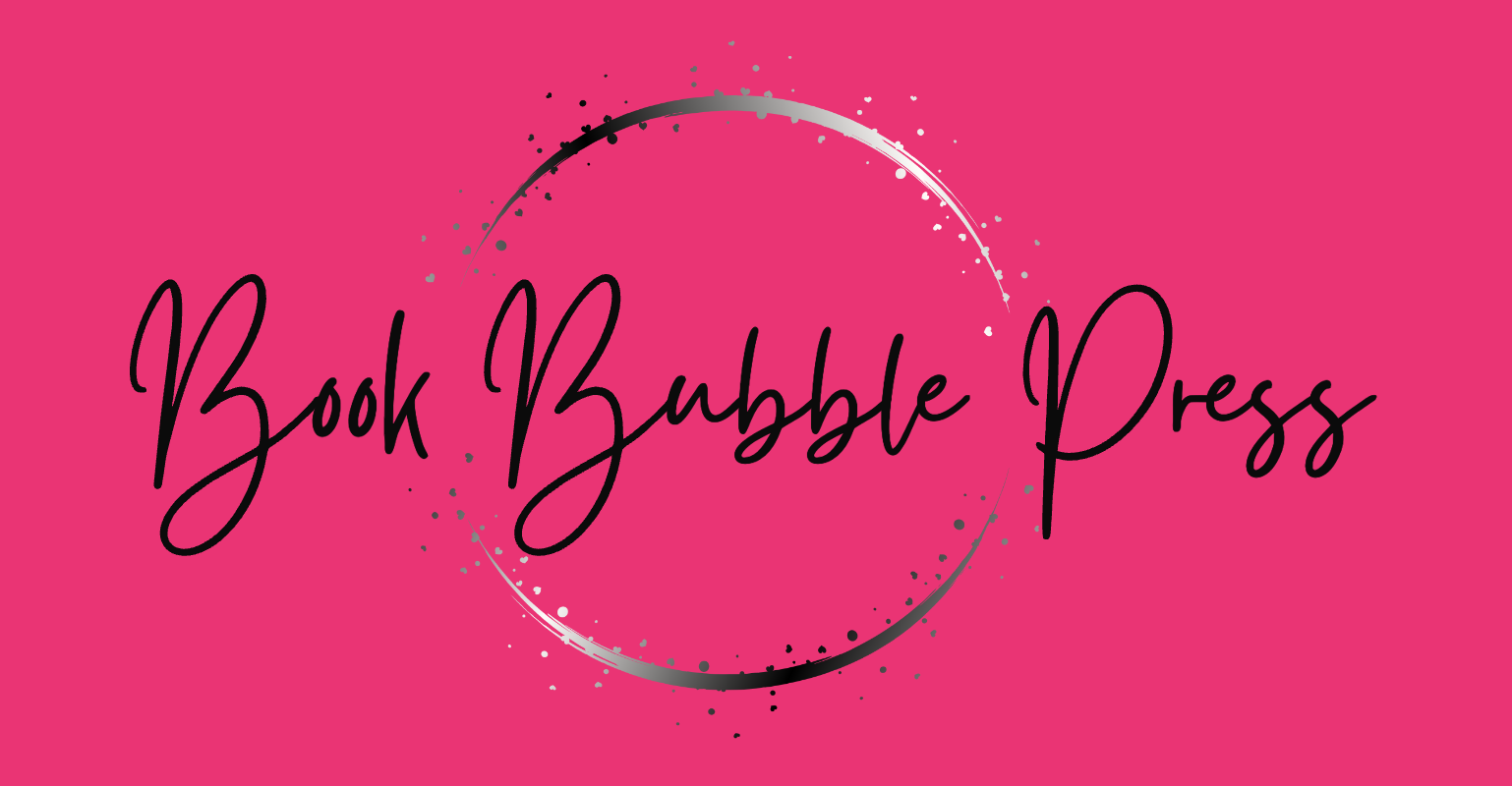For many people, writing the book is the easy part. Whether you have a body of work ready to repurpose (such as a blog you’ve maintained for several years) or a ghostwriter at the ready, or you just really like to write, getting your book on paper is simple.
Publishing and selling it is another matter altogether. You basically have four options when it comes to publishing your book, and each one has its pros and cons.
PDF eBook.
Probably the simplest method to publish a book, all that’s required with an eBook is to click “Save as...” in your Word document and choose “PDF.” Then you can sell the resulting file on your own website, list it on ClickBank, JVZoo or E-Junkie, or upload it to a number of other eBook marketplaces online.
eBooks don’t quite have the authority that printed books carry, but if you’re on a budget and don’t have the skills to format your book for print, then this can be a viable option to get you off the ground. It’s also a great way to share your book with readers to get those all-important testimonials.
Kindle.
The darling of the self-publishing world, Amazon’s Kindle marketplace makes it easy for you to publish your book. In fact, with just a few minutes of formatting, and another several minutes spent on their step-by-step uploading system, you can have your book on their virtual shelves in less than an hour.
With its incredible popularity and the ability to offer “free days” during which anyone can download your book at no cost, Kindle is a great way to build a buzz quickly. But, please note that if you are publishing on the Kindle platform, Amazon has exclusivity to that eBook for 90 Days so it cannot be sold anywhere else.
Print on Demand.
The best choice for self-published authors is a relatively new technology that allows for a single book to be printed on demand. Until just a few years ago, if you chose to self-publish your book you’d likely have to shell out for hundreds if not thousands of copies up front, leaving you with a garage full of books to sell on your own. Print on demand is different. Buyers order your book from sellers such as Amazon and the book is printed and shipped the next day. This makes it easy and cost effective for everyone to become a published author.
Traditional Publisher.
The most difficult and time-consuming option, getting your book published with a traditional print publisher will also get you in front of a large audience and possible press opportunities. The drawbacks are many, though. To start with, it’s extremely difficult to get a traditional publishing house to take on a new author, especially if you don't have an agent. If you do manage to get the attention of a publisher, your royalties (the amount you earn from your book) will be very small, maybe as little as 8% of the net cost. Finally, the length of time it takes from manuscript submission to final publication can be many months, if not years.
All that said, a book with a traditional publishing insignia on the spine does carry a bit more weight when it comes to press opportunities than does a self-published book. Many new authors initially choose the eBook format, and then move to Kindle and print on demand. Given enough buzz and sales, traditional publication becomes easier to attain as well. The important thing is to get your book written, and then publish where you’re most comfortable. The rest will come naturally.
Hybrid Publisher.
A hybrid publisher offers a blend of traditional publishing with elements of self-publishing, creating the perfect choice for many authors. A hybrid publishing house operates with the ethos and standards of a traditional publishing house but allows more creative and financial control for authors.
Hybrid publishing allows the author to keep creative control over the cover design, layout and fonts, plus the author is in full control of their royalties. The great benefit of hybrid publishers is the flexibility to be able to treat each author as an individual and tailor-make a solution to suit the author and publisher.
All the functions of a traditional press including evaluating submissions, editorial reviews (including substantive, developmental and stylistic editing), copywriting, design, proofreading, and print production are all part of the services that a hybrid publisher offers.
Many hybrid publishers will also offer marketing strategies and will work together with the author, helping with launch teams, book launches, signings, distribution, speaking gigs, PR and Press. Established hybrid publishers have good network’s and often have opportunities available that wouldn’t be possible through other publishing routes.
If you are ready to publish your book, look no further, we can help you. Book Bubble Press are an Independent Publishers and understand the complexities authors face when publishing their book. We will help you decide the best publishing route for your book.
Click HERE to get your FREE Publishing Pathway worth £197
